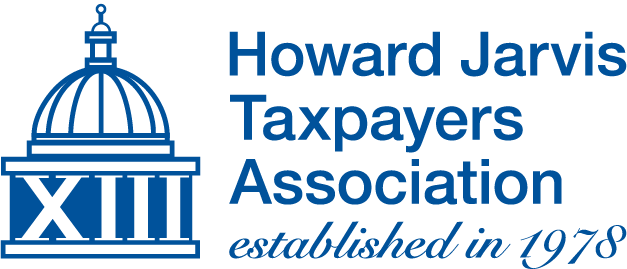“CAN I TRANSFER THE ‘PROP. 13’ ON MY HOUSE TO MY KIDS?”
One of the questions we’re asked most frequently is how property owners can transfer their home to their children or grandchildren without losing “the Proposition 13.” All property in California is under Proposition 13’s protection, but what these homeowners are asking is how to transfer their property to their kids or grandkids while keeping the property tax assessment the same as if they continued to own the home themselves.
Under Proposition 58, passed overwhelmingly by voters in 1986, property owners may transfer a home that is their primary residence to their children, and if the proper paperwork is filed within the required time limits, the property will continue to be assessed at the established Proposition 13–factored base-year value, instead of being reassessed to market value on the date of the change of ownership.
In addition to their primary residence, parents may transfer up to $1 million of other real estate to their children, and that transferred property will also be excluded from reassessment. The $1 million exclusion applies separately to each eligible transferor, so if two parents are transferring real estate they own jointly, the total exclusion is $2 million. That’s based on the adjusted base-year value, not the current market value. There is no value limit on the primary residence.
To claim the exclusion from reassessment for a transfer between parent and child, file Form BOE-58-AH, which is available from the office or website of your county assessor. A list of county assessors’ offices can be found on the website of the state Board of Equalization (BOE) at this link: www.boe.ca.gov/proptaxes/countycontacts.htm.
Under Proposition 193, passed by voters in 1996, an exclusion from reassessment is available for a transfer of property between grandparents and grandchildren in some circumstances. To claim the exclusion, file Form BOE-58-G.
Generally, the claim form must be filed within three years of the date of the transfer in order to receive the exclusion as of the date of the transfer. You can still file the form if the three-year deadline has passed, but the tax relief will begin with the current year instead of being retroactive.
It doesn’t matter whether the property is in a trust or not, and the exclusion from reassessment is available whether the transfer results from a sale, gift or inheritance. Transfers of property between parents and children can go in either direction — children may transfer property to their parents and claim the same exclusions from reassessment. For grandparent-grandchild transfers, though, it’s one-way only.
There is no exclusion from reassessment for transfers between siblings. For example, if a property is inherited by two brothers and one buys out the other, the percentage of the property that was purchased from the sibling is subject to reassessment at market value.
In the case of grandparent-grandchild transfers, the exclusion from reassessment may only be claimed if the parents of the grandchildren are deceased. It is not possible for the parents to file a disclaimer to make the grandchildren eligible for the grandparent-grandchild exclusion. According to the Board of Equalization’s website, “Even though a disclaimer means the person filing the disclaimer is treated as predeceased, this does not make the person dead as required by the California Constitution.”
Benjamin Franklin said nothing in life is certain except death and taxes, and California has its own rules about both. It is always advisable to consult an attorney and an accountant before transferring property.
You can obtain more information about Proposition 58 and 193 transfers on the website of the Board of Equalization at this link: www.boe.ca.gov/proptaxes/faqs/propositions58.htm, or call the BOE’s Assessment Services Unit at 916-274-3350.
HJTA.org is your source for everything Proposition 13 and for information valuable to California taxpayers. For more information or to take action, go to HJTA.org/take-action.
To see all of the HJTA PAC endorsements and ballot recommendations for the November 6 election, go to HJTA.org/taxing-times/endorsements-and-ballot-measure-recommendations.
Published by the Howard Jarvis Taxpayers Association (HJTA). Copyright © 2018 by Howard Jarvis Taxpayers Association. All rights reserved.

